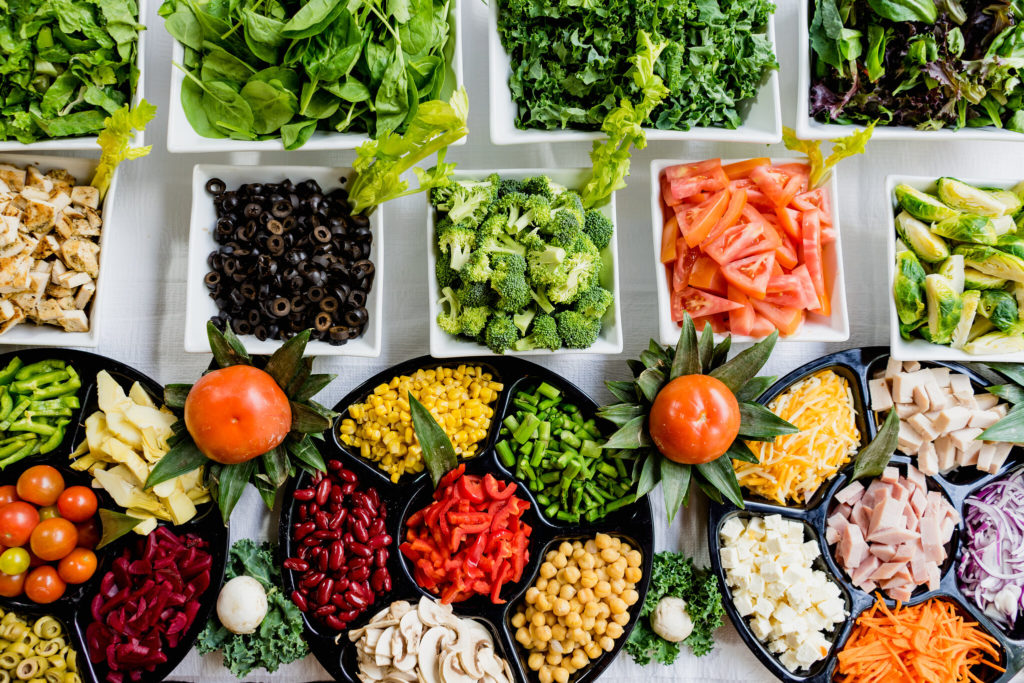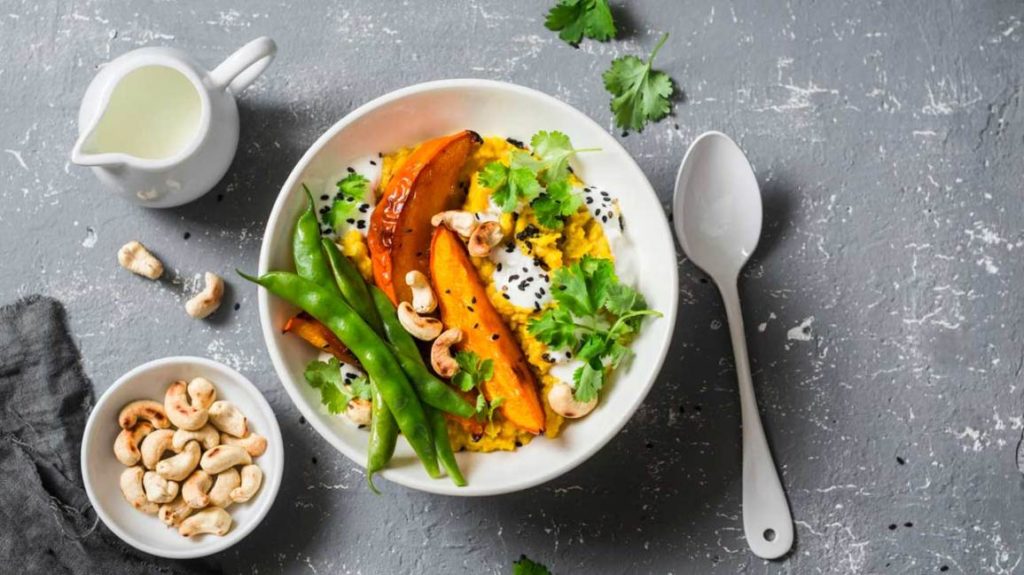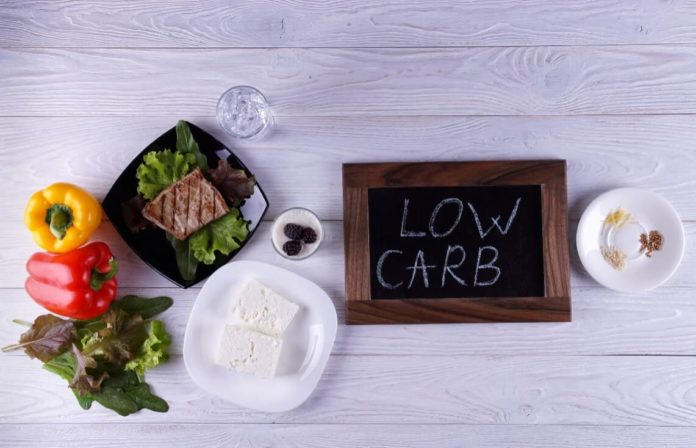Our modern lifestyle is making us sick, mostly because of what we are putting in our mouths. Currently, there are more than 400 million people with diabetes worldwide. With diabetes and high blood sugar affecting your health, you need to take action to reduce your risk.
Diabetes is a condition that leads to excessive blood sugar in the body, which in turn can lead to several other health complications.
One way to achieve better blood sugar levels is to follow a low-carb diet. A low carbohydrate (carb) diet is one of the best ways to keep blood glucose levels in a healthy range for people with diabetes.
Low carb diet is one popular choice among dieters and fitness enthusiasts. Low carb diet works on the premise that lesser carbs mean lesser insulin in our blood and that leads to fat being burnt for fuel which leads to weight loss.
This article will provide a detailed overview of Low Carb diets for managing diabetes. This provides new, clear evidence of how Low Carb eating benefits people with diabetes on a daily, weekly, and monthly basis.
Diabetes is one of the most commonly found disorders affecting millions of people across the globe. Each type of diabetes is a chronic condition that develops over time. Diabetes can be controlled through insulin therapy, exercise, diet, and medication. A new study has said that people with diabetes may benefit from consuming a low-carb eating diet.
Of the three macronutrients — carbs, fat, and protein — carbs have the greatest impact on blood sugar management.
With diabetes, the body can’t effectively process carbohydrates. Normally, the food you ingest is broken down into small units which end up as blood sugar. When blood glucose levels begin to rise, the pancreas responds by producing the hormone insulin so that you can use the glucose. This hormone allows blood sugar to enter cells.
When everything is functioning optimally, blood sugar levels remain within a narrow range but if you have diabetes, this system doesn’t work in the same way. This is a big problem because having both too high (hyperglycemia) and too low (hypoglycemia) blood sugar levels can cause severe harm.
To compensate, the pancreas produces more insulin, attempting to bring blood sugar down. This can be because your pancreas is damaged and simply can’t make enough insulin to balance the sugar in your blood. Therefore, people with diabetes may need to take large doses of medication, insulin, or both when they eat a lot of carbohydrates.
Regardless of why it happens, persistent high blood sugar is detrimental to your health.
Diabetes is a major concern among people across the world. Hence, experts suggest that keeping up a healthy lifestyle and having a nutritious diet can manage the blood glucose level in the body.
The new study finds out the right kind of diet that can have a positive impact on people with diabetes.
“To address this evidence gap, a team of international researchers set out to assess the effectiveness and safety of low carbohydrate diets (LCDs) and very low carbohydrate diets (VLCDs) for people with type 2 diabetes, compared with (mostly low fat) control diets,” read a statement published on the official website of British Medical Journal.
In one study, people with diabetes following a Low Carb diet and a very low-carb diet remained well managed more than 3 years later if they stuck to the diet. It also helped reduce medication in the participants and improve triglyceride concentrations in the first six months.
However, the researchers are yet to find out the long-term effectiveness of the Low Carb diet.
The researchers explained, “clinicians might consider short term Low Carb Diets for managing type 2 diabetes, while actively monitoring and adjusting diabetes medication as needed”.
What’s the optimal carb intake for people with diabetes?
This is an important place to start, as well as a touchy subject for some. The ideal carb intake for people living with diabetes is somewhat a bit controversial. No universal definition of what a low carb diet looks like, most healthcare professionals agree that “low carb” is considered fewer than 100 to 150 grams of carbs eaten per day. The optimal amount of carbs may also vary by the individual since everyone has a unique response to carbs.
“Dr. Richard K. Bernstein, who has type 1 diabetes, has eaten 30 grams of carbs per day and documented excellent blood sugar management in his patients who follow the same regimen.”
There are many different ways to go about restricting your carb intake. Some extremely Low Carb diets include the ketogenic diet as well as the paleo diet, where people typically eat fewer than 50 grams of carbs per day.
At the end of the day, it comes down to what feels sustainable and appropriate for you.

Foods to Eat
On a high-protein, low-carb diet, your diet should be rich in healthy fats, high-quality proteins, and non-starchy vegetables.
You can eat the following Low Carb foods until you’re full. Also, make sure to get enough protein at each meal:
- Healthy Fats
• MCT oil
• Lard
• Cold-pressed coconut, olive, macadamia, avocado, palm fruit, and flaxseed oil
• Chicken or duck fat
• Avocado
• Butter and ghee - Quality Proteins
• Grass-fed beef and other types of fatty cuts of meat, including veal, goat, venison, and lamb
• Fish, including sardines, trout, salmon, bass, tuna, mackerel, anchovies, flounder, etc.
• Organ meats including liver
• Cage-free eggs and egg yolks
• Poultry, including hen, chicken, quail, duck, turkey, goose, and pheasant - Non-Starchy Vegetables
• Avocado (technically a fruit)
• Fresh herbs
• Cruciferous veggies like broccoli, cabbage, Brussels sprouts, and cauliflower
• Celery, cucumber, zucchini, chives, and leeks
• All leafy greens, including dandelion or beet greens, mustard, turnip, spinach, kale, etc.
• Other low-carb veggies, including asparagus, mushrooms, bamboo shoots, bean sprouts, bell pepper, radishes, green beans, tomatoes, etc. - Full-Fat Dairy
• Full-fat cow’s and goat milk (ideally organic and raw)
• Full-fat cheeses - Snacks
• Bone broth (homemade or protein powder)
• Hard-boiled eggs
• Beef or turkey jerky
• Minced meat wrapped in lettuce
• 1/2 avocado with sliced lox (salmon)
• Extra veggies (raw or cooked) with homemade dressing - Condiments
• Spices and herbs
• Stevia
• Vanilla extract
• Apple cider vinegar
• Unsweetened mustards
• Cocoa, powder
• Hot sauce - Drinks
• Water
• Freshly made vegetable juice
• Bone broth
• Unsweetened coffee (black) and tea

Foods to Avoid
On a Low Carb diet, you should limit your intake of sugars, refined grains, processed foods, and sugar-sweetened beverages.
These foods can significantly raise blood sugar levels in people with diabetes:
- Sugar
• Honey and agave nectar
• White, brown, cane, raw, and confectioner’s sugar
• Any food made with ingredients such as glucose, fructose, maltose, dextrose, and lactose
• Syrups like maple, caramel, corn, and fruit - Refined Grains
• Wheat, rice, quinoa, pasta, cereal, bread,
• Corn and all products containing corn, including popcorn, tortillas, polenta, and cornmeal
• All types of products are made with flour, including bread, bagels, rolls, muffins, pasta, etc. - Processed Foods
• Oatmeal and cereals
• Crackers, chips, pretzels, etc.
• All types of candy
• All desserts like cookies, cakes, pies, ice cream
• Pancakes, waffles, and other baked breakfast items
• Canned soups, boxed foods, any prepackaged meal
• Snack carbs, granola bars, most protein bars or meal replacements, etc.
• Foods containing artificial ingredients like artificial sweeteners (sucralose, aspartame, etc.), dyes, and flavors - Sweetened and Caloric Beverages
• Soda
• Fruit juices
• Sweetened teas or coffee drinks
• Alcohol (beer, wine, liquor, etc.)
• Milk and dairy replacements (cow’s milk, soy, almond, coconut, cream, half and half, etc.)

A sample day of very Low Carb meals for people with diabetes
Here’s a sample menu with 15 grams or less of digestible carbs per meal. If your carb tolerance is higher or lower, you can adjust the serving sizes.
Breakfast: Crustless Spinach Quiche Recipe
Ingredients:
8 eggs, beaten
1 package frozen chopped spinach, thawed and drained
1½ cups shredded raw cheese
1 onion, chopped
1 tablespoon coconut oil + extra for greasing
¼ teaspoon sea salt
⅛ teaspoon black pepper
Directions:
- Preheat the oven to 350 degrees F and grease a 9-inch pie pan with coconut oil.
- Heat coconut oil and onions over medium heat in a saucepan until the onions are soft. Stir in spinach and cook until excess moisture has evaporated.
- In a bowl, combine eggs, cheese, salt, and pepper. Stir.
- Add spinach mixture and blend.
- Scoop into pan and bake for 30 minutes.
Lunch: Teriyaki Baked Salmon Recipe
Ingredients:
1/3 cup coconut aminos
2 tbsp coconut sugar
¼ cup sesame oil
3 tbsp lemon juice
3 cloves garlic, minced
1 tsp ground mustard
4 skin-on, boneless wild-caught Alaskan salmon fillets (6 oz. each), at room temperature
Coconut oil for brushing
Sea salt and black pepper
Directions:
- Preheat the oven to 375 degrees F. Line a baking sheet with foil.
- In a small bowl, whisk together coconut aminos, coconut sugar, sesame oil, lemon juice, garlic, mustard, sea salt, and pepper
- Place salmon onto a prepared baking sheet and fold up all 4 sides of the foil. Spoon the mixture over the salmon. Fold the sides of the foil over the salmon, covering completely and sealing the packet closed.
- Place into oven and bake until cooked through about 15-20 minutes.
Dinner: Mediterranean Grilled Lamb Chops
Ingredients:
6 grass-fed lamb chops
Marinade:
4 tablespoons avocado oil
2 tablespoons lemon juice
6 cloves garlic, minced
½ teaspoon fresh thyme
2 teaspoon fresh rosemary
5 basil leaves, chopped chiffonade
¼ teaspoon nutmeg
½ teaspoon cinnamon
½ teaspoon coriander
Salt and pepper to taste
Directions:
- Mix avocado oil, lemon, garlic, thyme, rosemary, basil, nutmeg, cinnamon, coriander, salt, and pepper.
- Marinate lamb for at least 2 hours in the fridge.
- Allow lamb to come to room temperature before grilling.
- Once the grill is heated, place lamb chops onto the grill.
- Carefully spoon marinade over lamb to keep moist while grilling.
- Grill lamb chops for about 4–6 minutes on each side for medium-rare.
The bottom line
Many people with diabetes have found a lot of success with eating a Low Carb diet. As you can see, many studies show that following a Low Carb diet can result in improvements in decreasing medication needs, and blood sugar levels, and reducing the risk of diabetic complications.
Remember: People who take insulin or other diabetes medications must speak with their doctor before making any dietary changes, as your medication dosages may need to be adjusted.



